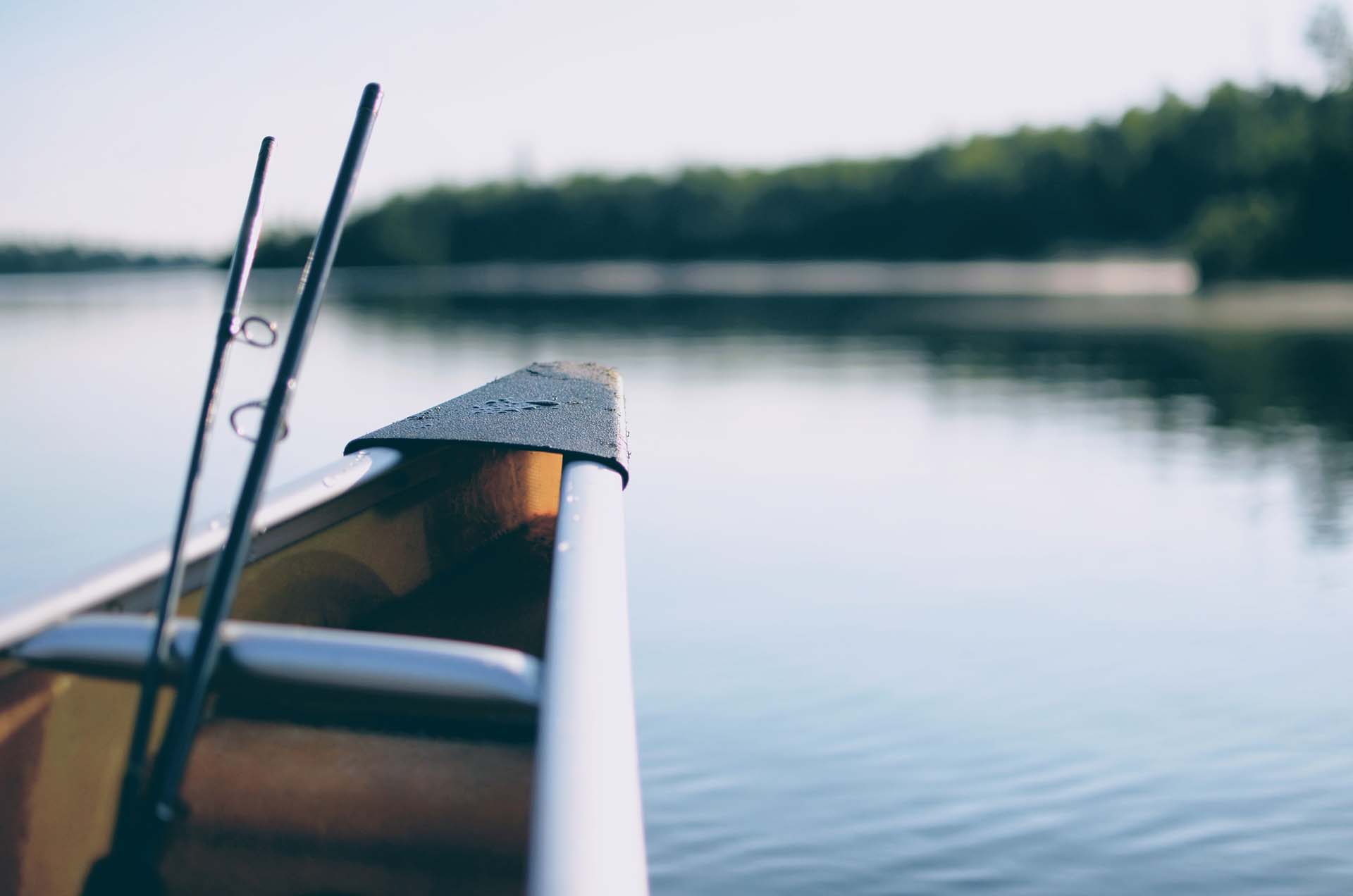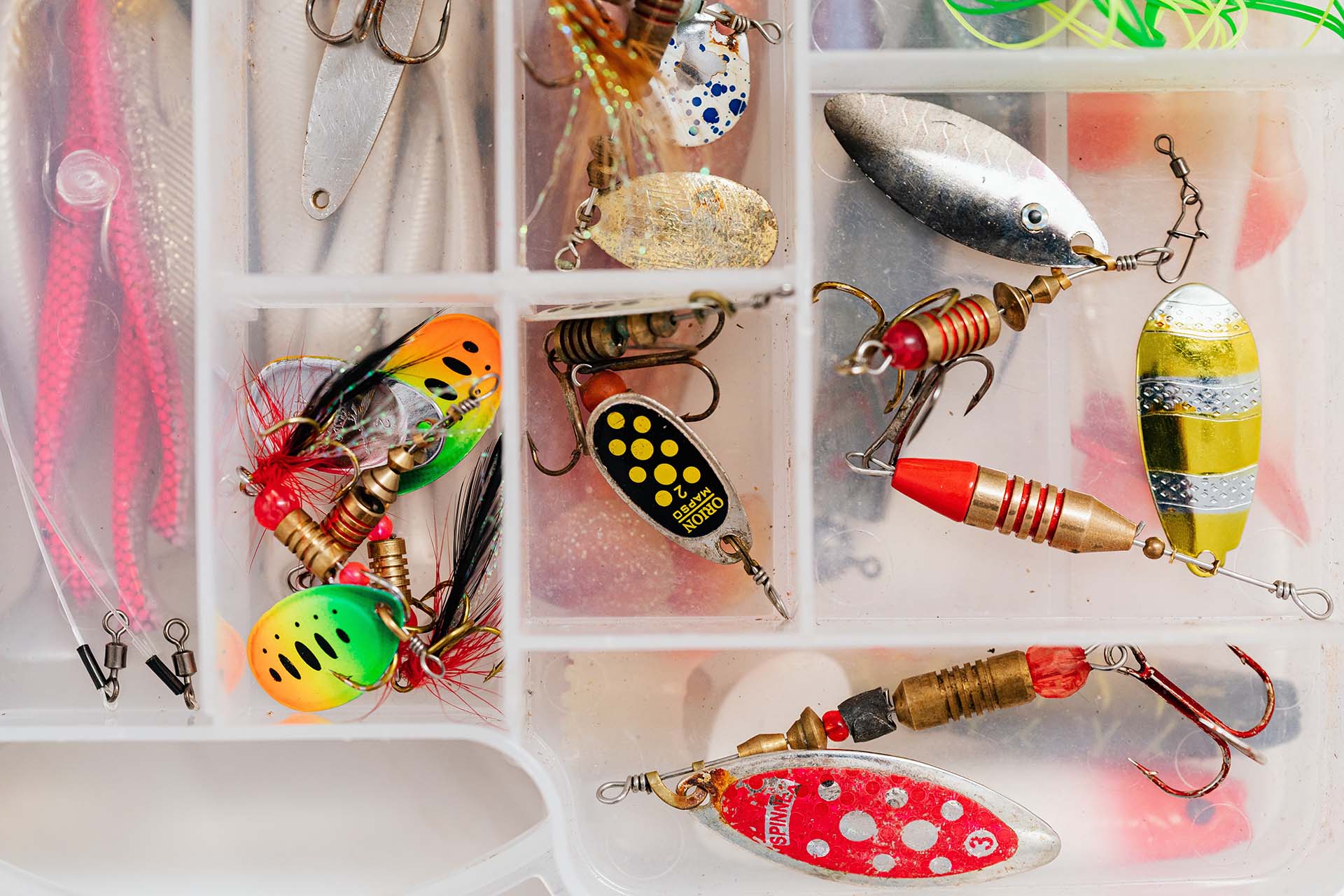Embarking on an exciting angling expedition? The water type plays a pivotal role in your success. Understanding what fishing lures to use can greatly enhance your catch rate. Let’s explore the differences between saltwater and freshwater tackles, ensuring you’re well-equipped for the next adventure.
Distinguishing between saltwater and freshwater tackles can be a challenge. When purchasing these tools, their appearance and underlying science behind lure colors. It plays a pivotal role in attracting specific fish species. Proper care and maintenance of these items ensure their optimal performance and longevity. Whether you’re a seasoned angler or a beginner, understanding these intricacies will undoubtedly enhance your angling experience.
What Are Fishing Lures?
These items are artificial baits designed to imitate the appearance and movement of natural prey. Attracting predatory fish to strike. Crafted from various materials, including plastic, metal, and sometimes even wood.
These lures come in a plethora of colors, sizes, and shapes. Unlike live baits, these draw attention through visual appeal, vibration, and sound.
From jigs, spinners, and crankbaits to poppers and soft plastics, the variety of tackles caters to different species, water conditions, and angling techniques. The artistry and innovation behind each design serve a functional purpose. But also reflect the deep traditions and evolving strategies in the angling world.
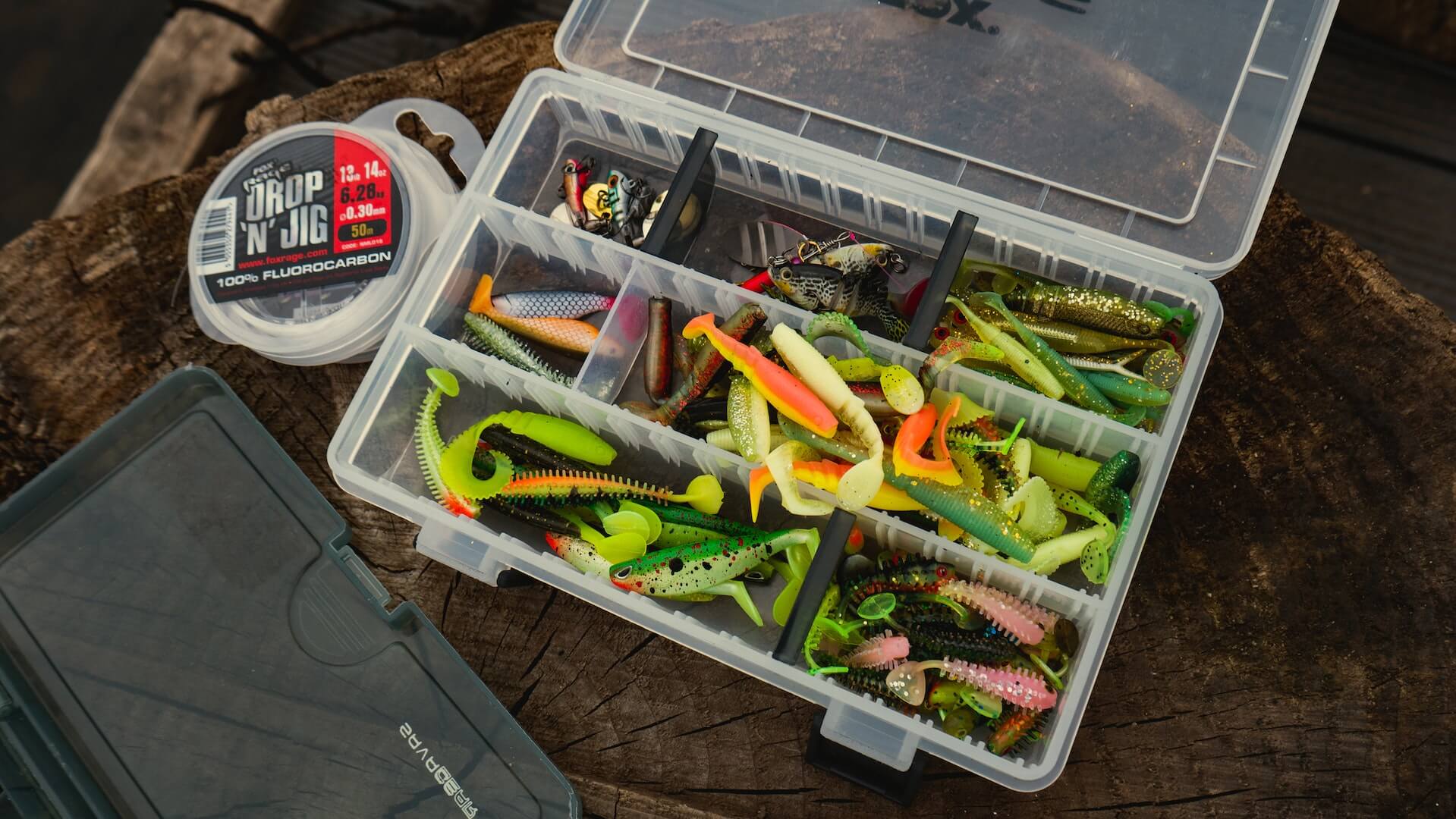
What Lures to Use for Saltwater Fishing?
Using the right type of tackle is not just about increasing the odds of making a catch but also about practicing sustainable and ethical angling. Wrong tackles can lead to unintentional bycatch, potentially harming or killing non-target species.
Furthermore, saltwater fish often have sharp teeth and strong jaws. This means using a mismatched lure might result in lost gear or damage to the fish. Knowing the correct tackle to use also enhances the angler’s experience. Providing more enjoyment and less frustration on the water.
| Type of Lure | Pros | Cons |
|---|---|---|
| Poppers | Surface action attracts aggressive predators. Visible strikes, increase angler excitement. | Not ideal for deeper waters. May not attract bottom-dwelling species. |
| Jigs | Versatile, can be used in various depths. Can be dressed with soft baits for added lure. | Require more active participation from the angler to give them action. |
| Trolling Tackles | Cover large water areas quickly. Designed to mimic fast-moving prey. | A boat or moving vessel is often necessary. Can get tangled in a thick underwater structure. |
| Soft Plastics | Mimic live bait in appearance and movement. Can be rigged in various ways. | Can tear or get damaged easily by fish bites. Some require specific hooks or jigs. |
| Stickbaits | Mimic injured fish movements. Effective for a variety of predatory species. | Some require specific retrieval techniques. May not be as durable as hard tackles |
What Fishing Lures to Use in Freshwater?
Freshwater ecosystems host many species, each with distinct behaviors, habitats, and feeding patterns. Using the appropriate lure ensures that anglers target the desired species efficiently, reducing the chances of disturbing or accidentally catching non-targeted fish.
Furthermore, using the wrong lure can result in unnecessary stress on fish, making catch-and-release practices less effective and potentially harming the fish. The correct tackle also minimizes gear loss, reducing environmental impact and waste in freshwater habitats.
What Are Good Lures to Use in River Fishing?
When choosing the right lure for river angling, it’s essential to consider the water clarity, depth, flow rate, and the species you’re targeting. Experimenting with different tackles and observing their action in the current can lead to a successful and enjoyable river angling experience. Here are some types of tackles to consider:
- Spinners – these are highly effective in rivers because their rotating blades produce vibrations and flashes of light, attracting fish from a distance. Examples include the Mepps Aglia and Rooster Tai,
- Spoons – these mimic the fluttering action of a wounded baitfish. They’re especially effective for predatory fish like trout and pike,
- Soft plastics – soft plastic worms, crayfish, and swimbaits can be very effective, especially when targeting bass. Their lifelike movement and soft texture can often entice hesitant fish to bite,
- Crankbaits – these tackles are designed to dive to a specific depth and mimic the action of small fish. Their wobbling movement can trigger predatory instincts in species like bass, walleye, and even trout,
- Jigs – these are versatile and can be fished at varying depths and speeds. They can be paired with soft plastic trailers for added motion,
- Topwater tackles – these tackles float and create disturbances on the water’s surface, mimicking prey such as insects or small mammals. Poppers and walking baits are examples. They’re particularly effective during early mornings or late evenings when fish are more surface-active,
- Flies – for those who fly fish, a variety of flies like nymphs, streamers, and dry flies can be highly effective in rivers, especially for species like trout, salmon, and grayling.
- The moving water, depth, and structure, such as rocks, logs, and undercuts, affect the choice of tackles required to effectively target various species.
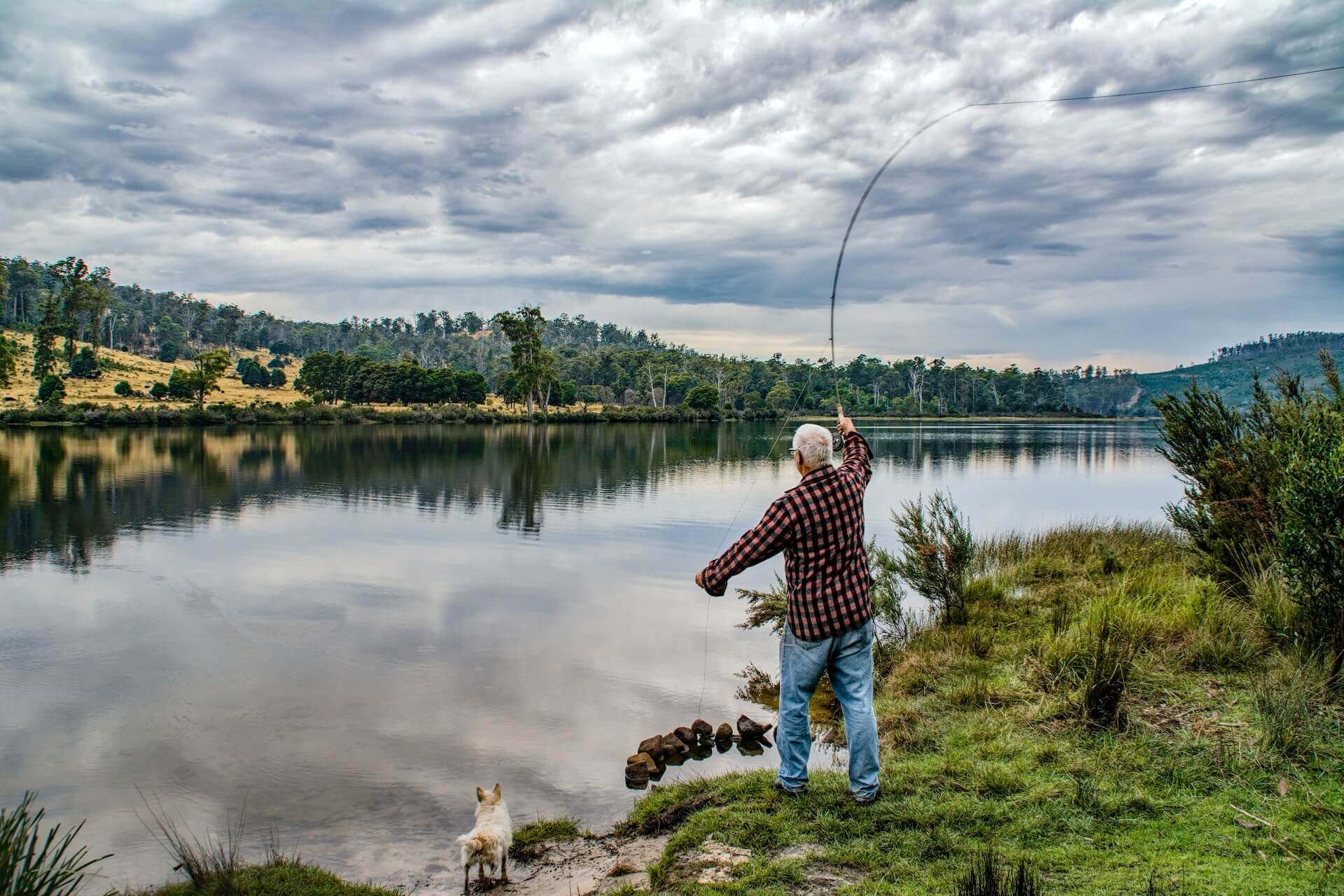
What Tips Should You Consider When Buying Lures?
When buying tackles, start by researching the preferred prey of your target fish and choose tackles that mimic those baitfish in size, shape, and color. Additionally, think about the angling conditions. Tackles for clear water might differ from those suited for murky conditions.
Budget is also a factor. While it’s tempting to buy every shiny lure, sometimes simplicity and versatility triumph. Always check reviews and seek recommendations from fellow anglers or local bait shops. And remember, while having the right lure can increase your success rate, there’s no substitute for time spent on the water. Experimenting and learning from experience is a must.
Is There a Seasonal Influence on Angling Patterns?
The time of year significantly impacts fish behavior, activity levels, and feeding habits. As seasons change, so do water temperatures, daylight hours, and food availability. For instance, during spring, many fish species spawn, making them more aggressive and easier to target.
Conversely, winter often sees fish becoming lethargic and moving to deeper waters. Recognizing the seasonal patterns helps anglers adjust their strategies, from lure selection to choosing the perfect angling locations.
What's the Significance of Water Clarity and Color in Angling?
Clear waters allow fish to rely heavily on their keen eyesight, making them more discerning and often more challenging to deceive with artificial tackles. In contrast, murky or stained waters diminish visual clarity. This prompts fish to depend more on their lateral line, a sensory organ detecting vibrations to locate prey.
This distinction influences lure choice. As brighter, flashier options tend to work well in clear waters. While in cloudier conditions, tackles that produce more vibration or noise may prove more effective. Additionally, the color of the water, which can vary from tea-stained browns to greenish or blue tints, often affects the visibility of certain lure colors.
Should I Understand Thermal Preferences for Each Fish Type?
Water temperature is a critical factor in determining fish activity. Each species has a preferred temperature range where it’s most active and feeds most aggressively. Cold water can slow down a fish’s metabolism. Making them less active and less likely to chase after fast-moving tackles.
On the other hand, warm water might increase their metabolic rate but can also lead to decreased oxygen levels. Affecting where in the water column they might be. By monitoring water temperature, anglers can better predict where fish might be located and what type of tackles or baits will be most effective.
Is Assessing Different Aquatic Environments Important?
The body of water you’re angling in has its own challenges and opportunities. Rivers might house fish in pockets behind rocks or in deep pools, whereas lakes might see fish hanging around submerged structures or deep drop-offs.
Factors like water clarity, depth, flow, and the presence of underwater structures will all influence fish behavior and whereabouts. Understanding the specific characteristics of your chosen location is paramount to selecting the right techniques and tackling them for success.
The Art and Science Behind Lure Colors
The world of angling is enriched by the myriad of lure colors available, a testament to the blend of art and science that shapes tackle designs. Lure colors aren’t just a product of angler aesthetics. They are rooted in ichthyology, the study of fish and their behaviors.
Fish perceive colors differently based on water depth, clarity, and available light. The science involves understanding how water absorbs light of varying wavelengths. Influencing which colors are more visible to fish at different depths.
How Different Colors Can Impact Fishing Success
The color of a lure can play a pivotal role in determining its efficacy for specific fish species. Each species has evolved, adapting to its environment and the prey it consumes. This evolutionary journey has led to certain visual preferences.
For instance, bass, known for their aggressive nature, are often drawn to reds and chartreuses, especially during their spawning seasons, as these colors can trigger a territorial response. Trout, living in clear streams and feeding on various insects, may favor tackles that mirror the colors of prevalent bugs or smaller fish.
Meanwhile, deep-sea species that inhabit darker depths might be attracted to tackles that either glow or reflect the minimal light available, illuminating potential prey. Recognizing these species-specific preferences is crucial.
Differences in Color Preferences for Saltwater vs. Freshwater Species
When comparing the vast oceans to inland waters, one finds a noticeable difference in the color preferences of fish species. Saltwater fish often inhabit environments with varying water depths, from shallow flats to deep offshore waters. This depth range affects how different colors are perceived, with some colors fading away in deeper waters.
For instance, blue and silver tackles might be more effective for pelagic species in blue offshore waters. On the other hand, freshwater species, residing in lakes, rivers, or streams, often react to colors based on water clarity, vegetation, and the type of prey available. Natural colors like greens and browns might excel in clear freshwater systems, mirroring the local baitfish and insects.
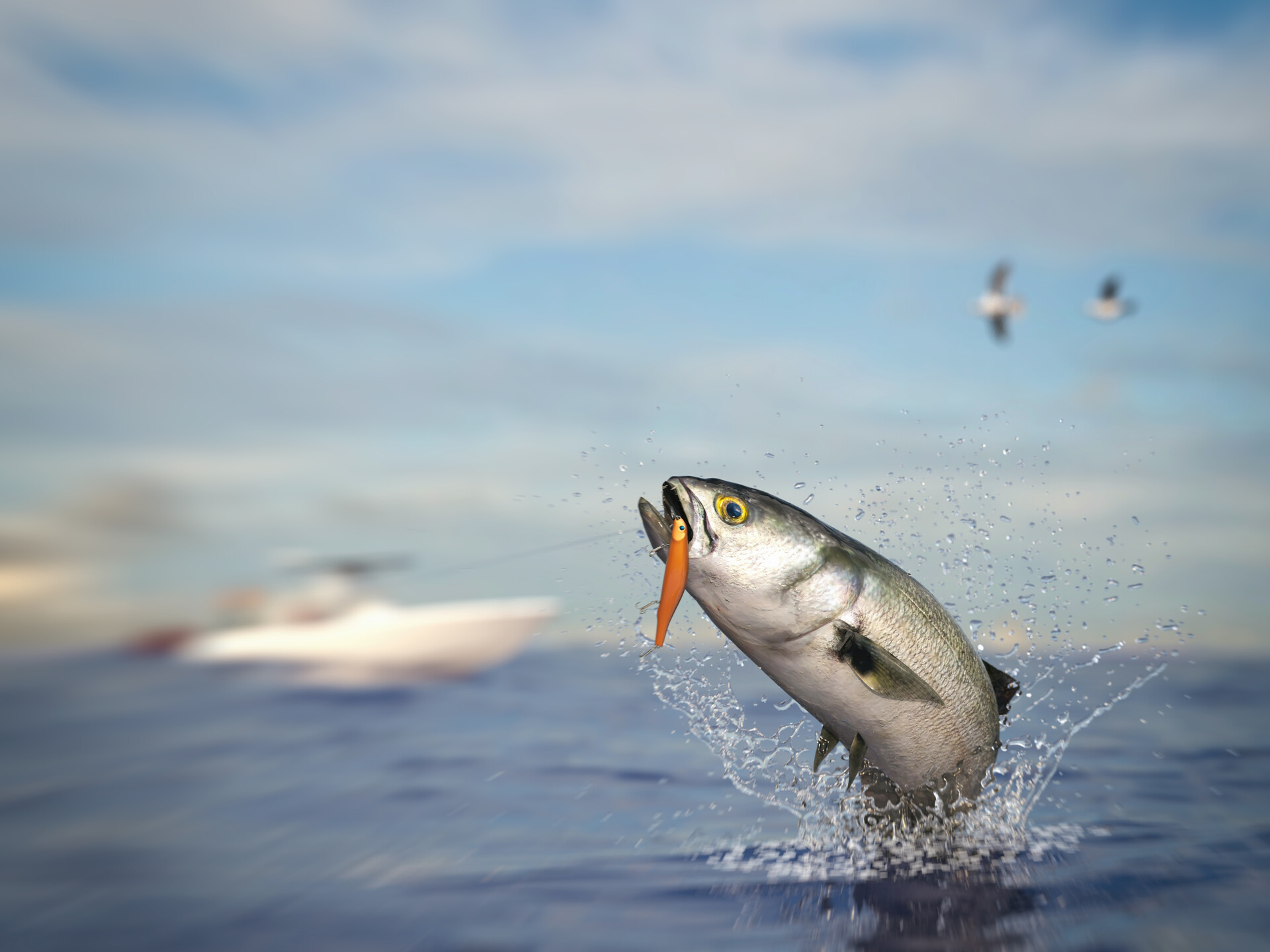
Care and Maintenance of Fishing Lures
Like any tool, their efficiency and lifespan are directly linked to how well they are maintained. Proper care of angling tackles ensures not only their longevity but also their optimal performance during angling trips.
Salt, dirt, and debris can degrade the material of tackles, dull their shine, or hinder their movement. Regular checks and routine cleaning can prevent such wear and tear, allowing the tackles to move naturally in the water and effectively mimic prey.
Tips to Ensure Longevity and Effectiveness of Lures
To get the most out of your angling tackles and to ensure they remain at peak performance, consider utilizing these tips:
- Regular inspection – after each fishing trip, inspect your tackles for any signs of damage. This includes chipped paint, bent hooks, or any deformities that might affect their movement in the water,
- Rinse after use – especially if you’ve been angling in saltwater, always rinse your tackles with fresh water. Salt can be corrosive and can damage both the finish and the hooks of your tackles over time,
- Sharp hooks – a dull hook decreases your chances of a successful catch. Regularly sharpen your hooks or replace them when they become dull or rusty,
- Avoid direct sunlight – prolonged exposure to direct sunlight can fade the colors of your tackles. Always store them in a shaded spot when not in use.
Cleaning and Storage Advice
A soft cloth or even an old toothbrush, paired with mild soap and water, can work wonders in stripping away any accumulated grime, dirt, or salt. Once cleaned, it’s paramount to ensure that the tackles are dried thoroughly before storing.
Any residual moisture can be a breeding ground for mold or lead to rust. Storage is another essential aspect of lure care. Utilizing tackle boxes with multiple compartments will keep these items separated and prevent them from becoming a tangled mess or getting scratched.
Moreover, the storage environment plays a role in their longevity. It’s advisable to store the tackle box in a location that’s cool and dry, away from the ravages of direct sunlight. For those wanting to go the extra mile, adding silica gel packs within the box can help keep moisture at bay, further preserving the integrity of the tackles.

Saltwater vs. Freshwater Tackles: The Final Verdict on What Fishing Lures to Use
The world of angling offers a rich tapestry of experiences, with the water’s nature playing a pivotal role in dictating our success and the challenges we face. When it comes to saltwater and freshwater tackles, they’ve been designed to cater to the unique conditions and species of their respective environments.
Saltwater tackles prioritize durability against the corrosive nature of the sea and the brute force of marine species. Freshwater ones focus on the intricate mimicry of a varied diet, from insects to small fish.
In the end, the best lure is the one that resonates with its intended habitat and the angler’s skill. Remember, the essence of angling isn’t just about the catch. But the knowledge acquired, the techniques honed, and the connection made with nature’s vast aquatic realms.

